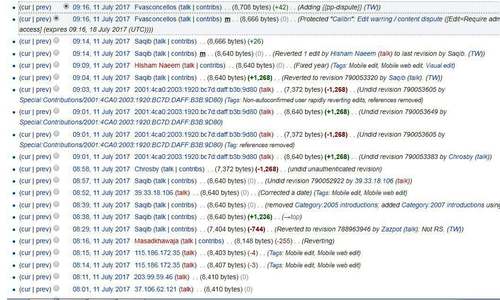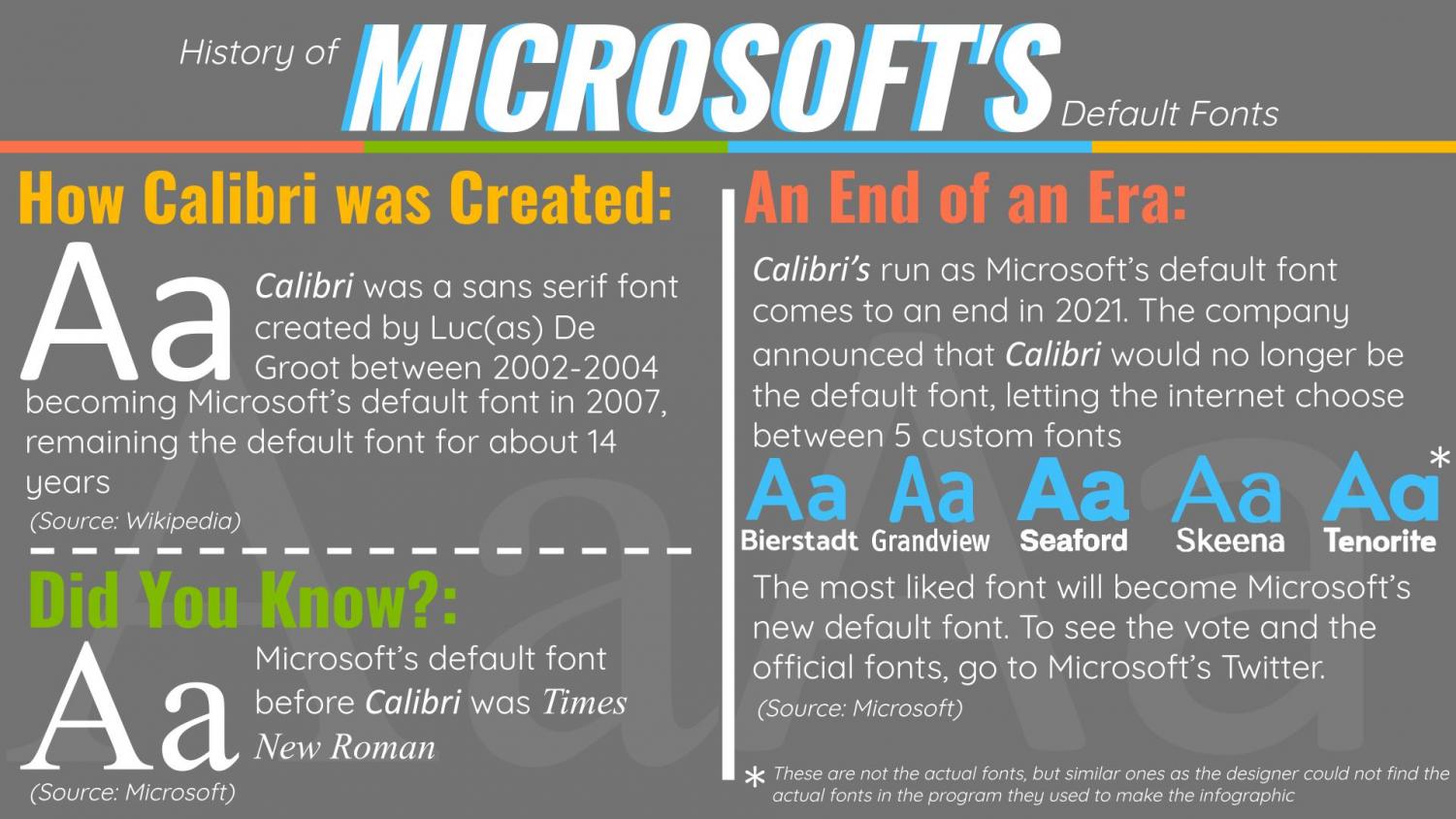

Helping design Berlin Sans was my first professional gig as a type designer, way back in 1991. 20 Perpetua ★ Rockwell Segoe UI ★ Tw Cen MT ★ The B list: OK in limited doses Agency FB Big Caslon Bodoni MT ITC Bodoni 72 Calibri ★ Candara Centaur Constantia Corbel Futura ★ Geneva Gloucester MT Extra Cond. The A list: Generally tolerable Athelas ★ Avenir ★ Bell MT ★ Book Antiqua ★ Californian FB ★ Calisto MT ★ Century Schoolbook ★ Charter ★ Franklin Gothic ★ Garamond ★ Gill Sans ★ Gill Sans MT ★ Goudy Old Style ★ Helvetica ★ Helvetica Neue ★ Hoefler Text ★ Iowan Old Style ★ Optima ★ Palatino ★ Seravek ★ Sitka ★ Similarly, some fonts on the A list are not my favorites, but they’re reasonably useful.

They’re just inapt for professional writing. These rankings represent a blend of practical and aesthetic considerations, not absolute merit.

System configurations differ, so not every font will be on your computer.
#CALIBRI FONT WIKI PLUS#
This chart includes all the common Windows and Mac system fonts, plus the Microsoft Office fonts. Others are usable for special purposes (for instance, letterhead). F list, kapu.įonts plausible for body text are marked with ★. They’re also suitable for sharing draft documents. For screen display, like presentations and websites, the A and B lists are fine. If you’re limited to system fonts, consult this chart and choose wisely. In the pages following, I suggest professional alternatives to the most common system fonts. My official advice remains the same: professional writers should use professional fonts. In the long term, a diet of system fonts can be harmful to your health. WARNING This chart is offered only as a harm-reduction device. For instance, please don’t adopt the slogan “A Design Firm Unlike Any Other” and then set it in Helvetica. Not every typography project demands novelty. Because these fonts are included with billions of computers, they’re used all the time. See the difference?Īll system fonts are overexposed. But Georgia was optimized for the screen Miller was optimized for print. In basic appearance, they’re similar. Screen-optimized fonts look clunky on the printed page.Ĭompare the two fonts above. This comes at the cost of design details, which have been sanded off because they don’t reproduce well on screen (e.g., Georgia, Verdana, Cambria, and Calibri). Many system fonts have been optimized for the screen, not print. In one square inch, an LCD screen that displays 100 dots per inch has less than 3% of the resolution of a laser printer with 600 dots per inch, so rendering a font accurately is much more difficult. I won’t name names, but my least favorite rhymes with Barial. The Windows and Mac OS libraries have improved, but they’re still minefields of awful fonts. In printed documents they present three problems. System fonts are the fonts already installed on your computer. System fonts Avoid if you can, choose wisely if you can’t


 0 kommentar(er)
0 kommentar(er)
